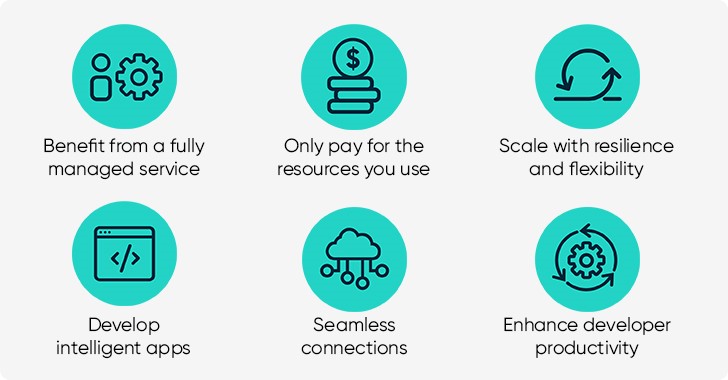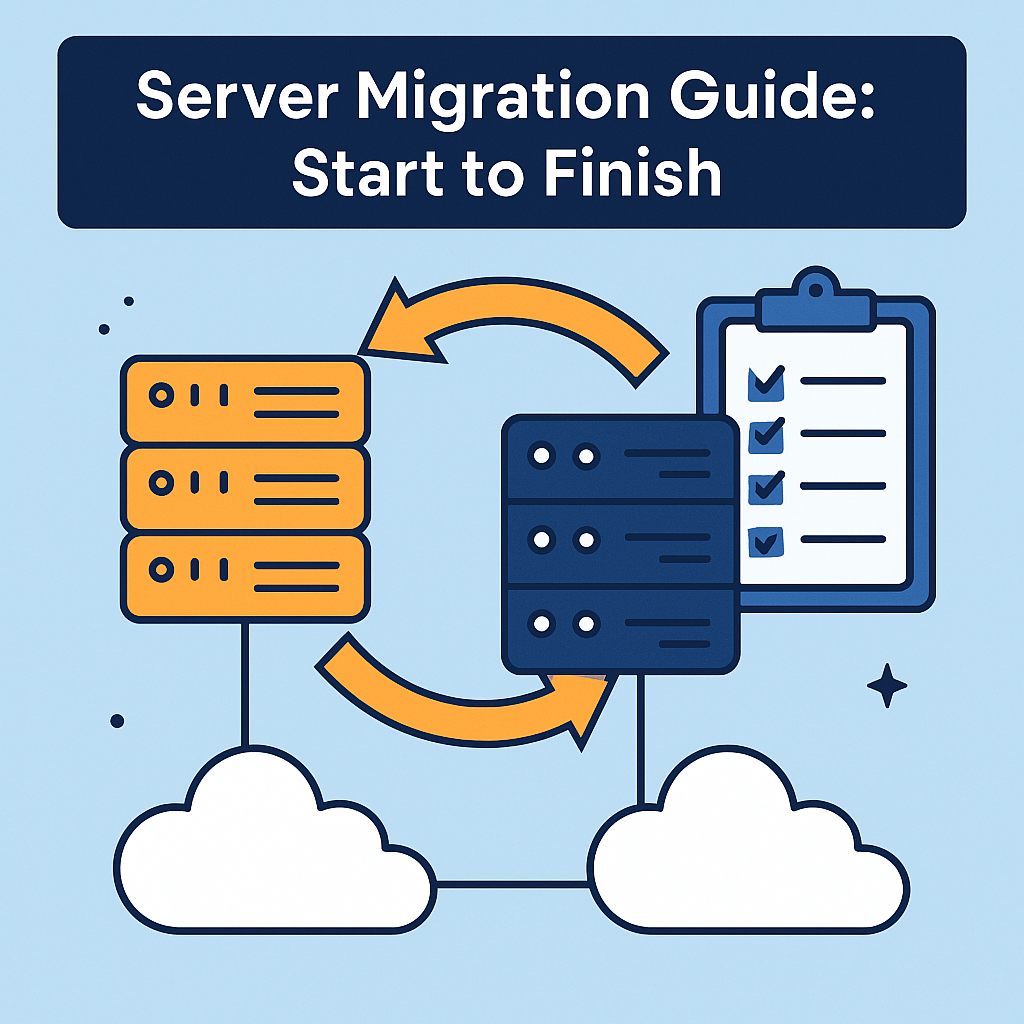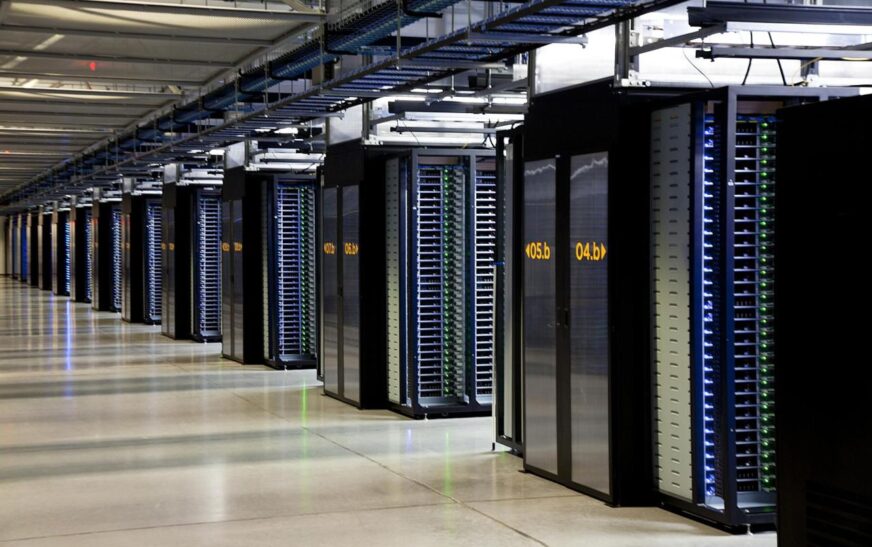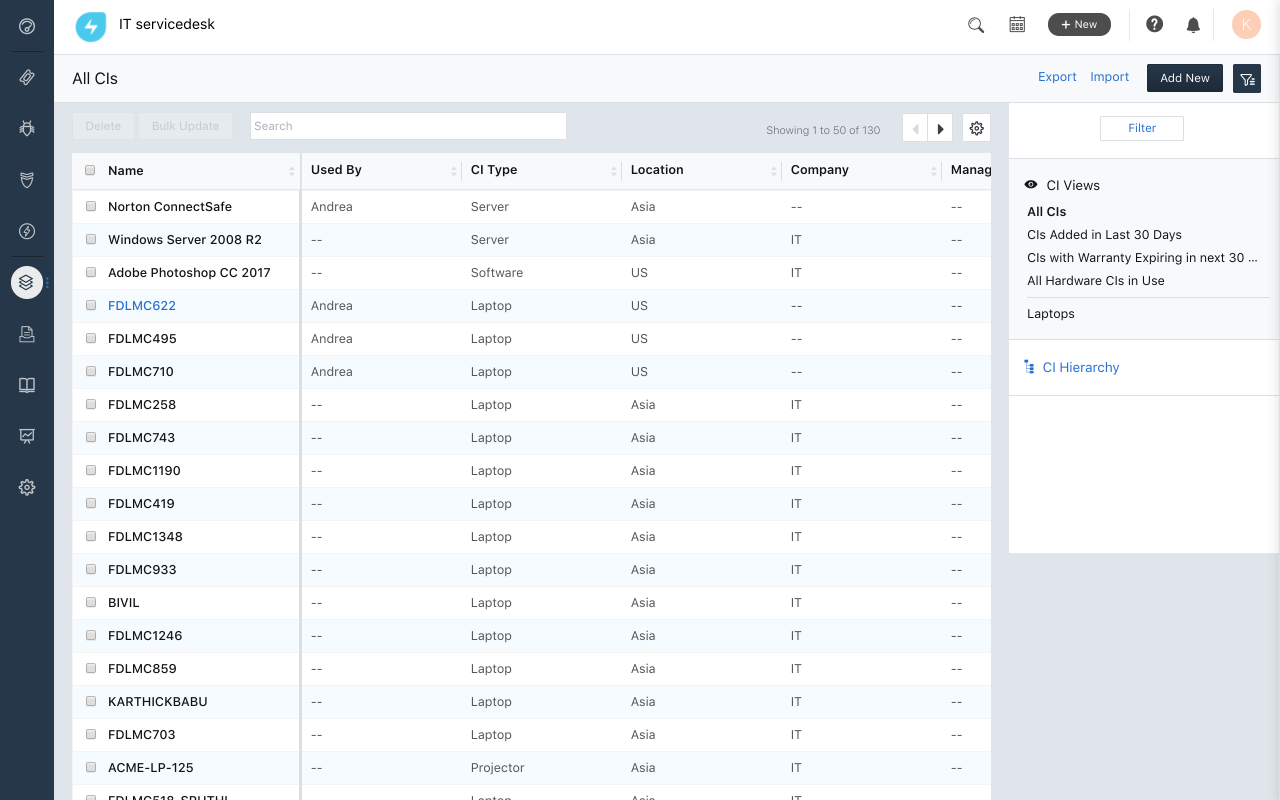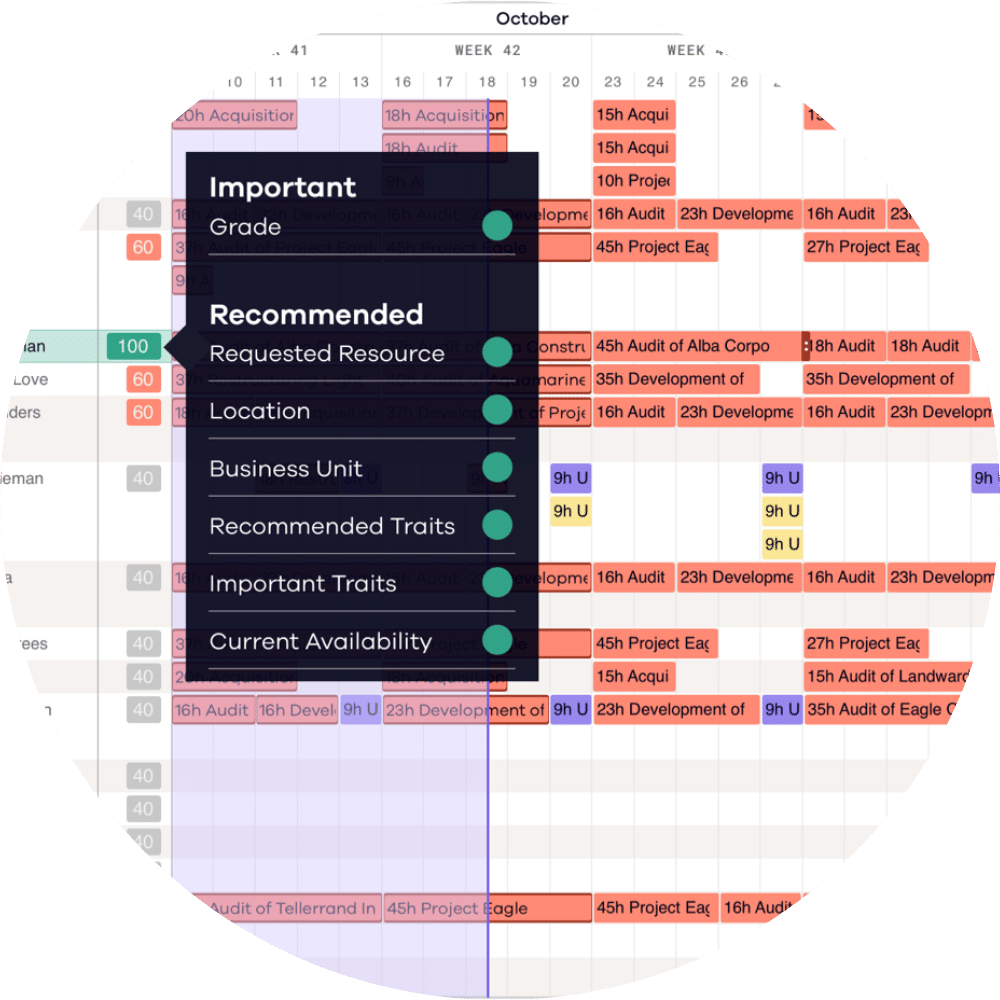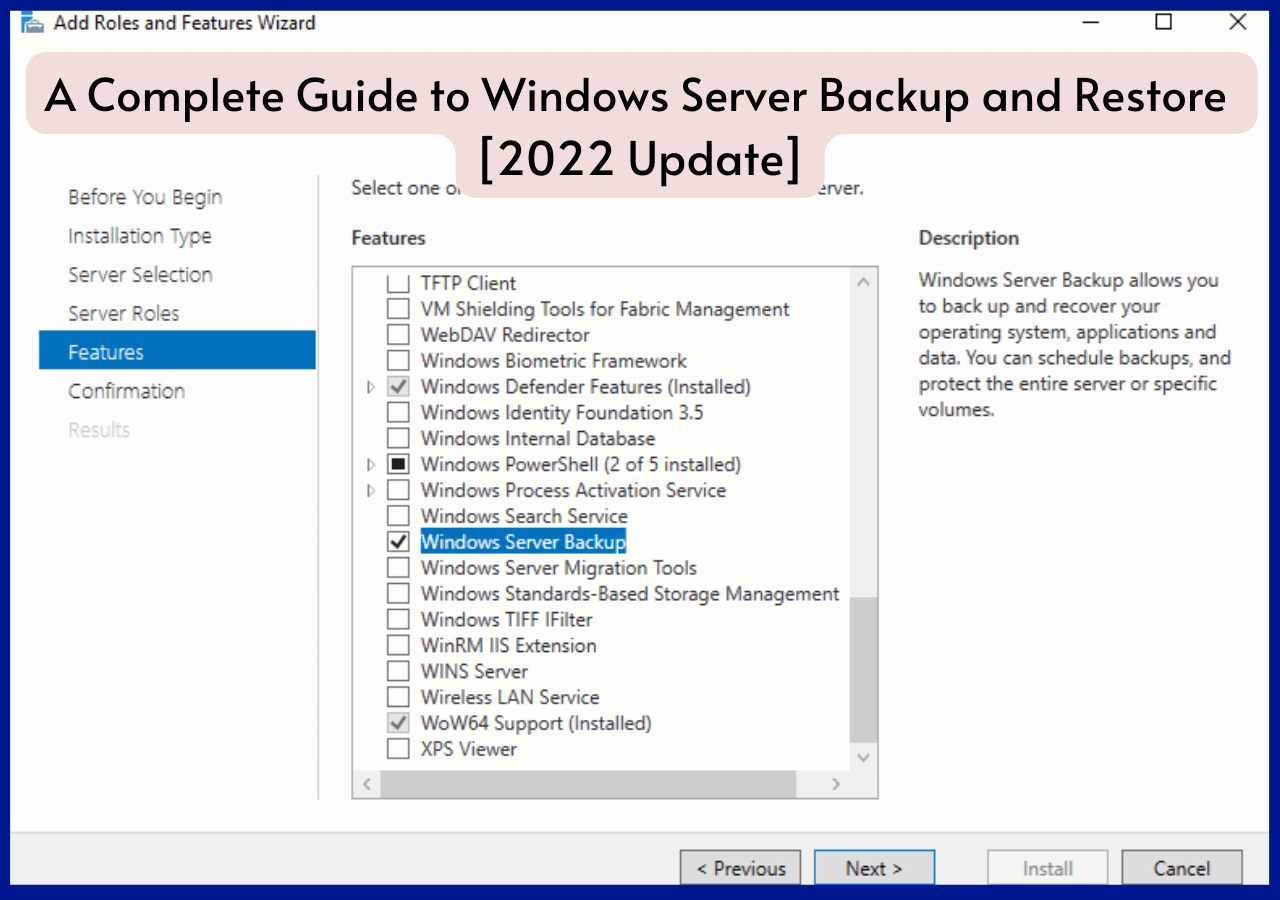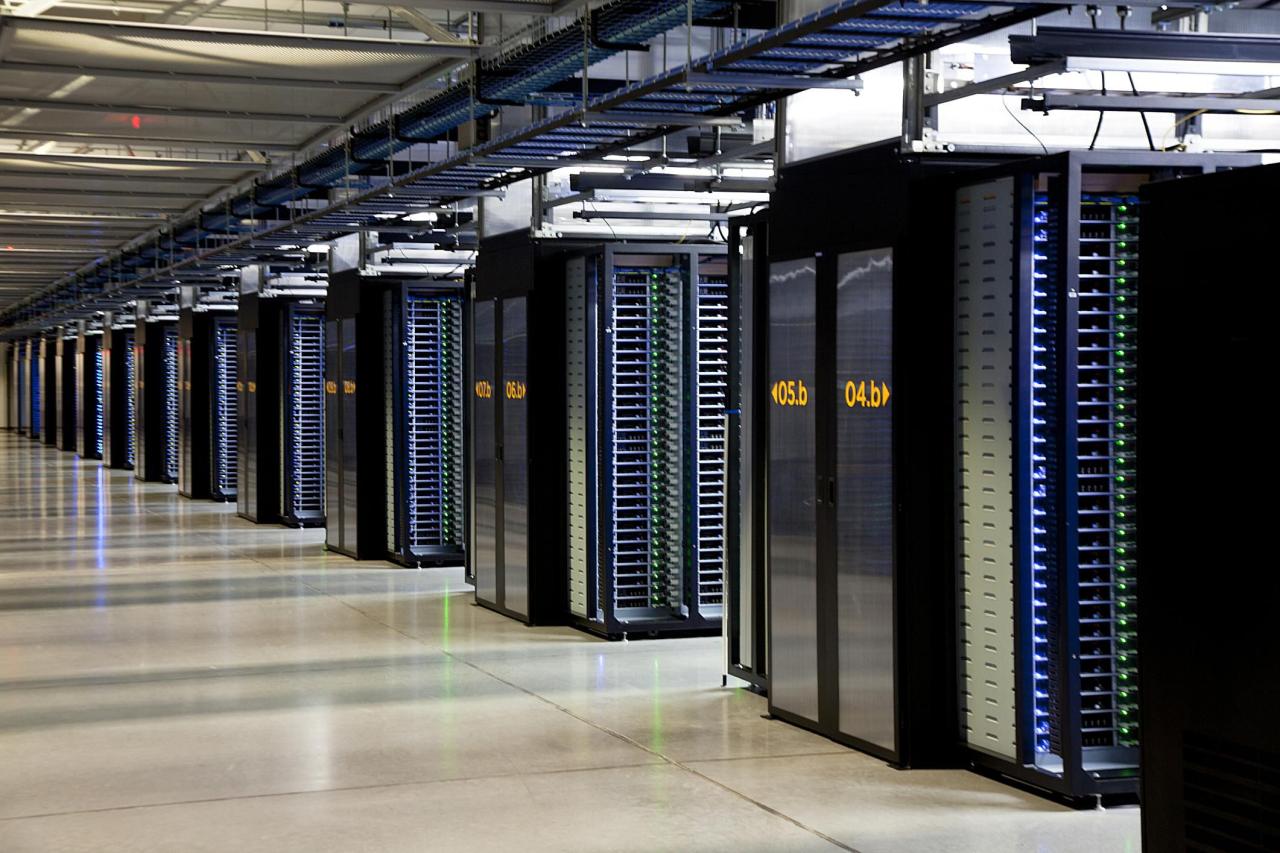The Benefits of Using Serverless Computing introduces a paradigm shift in technology, offering cost-efficiency, scalability, improved resource management, enhanced productivity, and robust security measures. Dive into the world of serverless computing for a transformative experience.
Introduction to Serverless Computing
Serverless computing is a cloud-based model where the cloud provider manages the infrastructure, allowing developers to focus on writing and deploying code without worrying about the underlying servers. This model enables developers to run applications without provisioning or managing servers.
Monitoring server capacity is essential for optimizing performance and preventing downtime. Utilizing the best tools available, as discussed in The Best Tools for Server Capacity Monitoring , allows you to track resource usage effectively and make informed decisions to ensure your server operates at peak efficiency.
Examples of Serverless Computing Platforms
- AWS Lambda: Amazon’s serverless computing platform that allows you to run code without provisioning or managing servers.
- Azure Functions: Microsoft’s event-driven serverless compute service that lets you run small pieces of code in response to events.
- Google Cloud Functions: Google’s serverless compute service that lets you run event-driven functions in a fully managed environment.
Function as a Service (FaaS)
Function as a Service (FaaS) is a category of serverless computing that allows developers to execute individual functions in response to specific events. With FaaS, developers can focus on writing small, single-purpose functions that are triggered by events such as HTTP requests, database changes, or file uploads.
This pay-as-you-go model allows developers to scale their applications easily and only pay for the resources they use.
Cost Efficiency of Serverless Computing
Serverless computing offers significant cost savings compared to traditional server setups. With serverless computing, organizations no longer have to worry about upfront hardware costs, maintenance fees, or over-provisioning servers. Instead, they only pay for the actual resources used, making it a more efficient and cost-effective solution.
Comparing Pricing Models
- Traditional server hosting often requires organizations to pay for servers regardless of actual usage, leading to wasted resources and higher costs.
- Serverless computing, on the other hand, follows a pay-per-use pricing model where organizations are only charged for the compute time and resources consumed. This results in cost savings as they are not paying for idle resources.
Benefits of Pay-Per-Use Pricing
- Pay-per-use pricing allows organizations to scale resources based on demand, ensuring they only pay for what they need.
- It also provides flexibility and cost control, as organizations can adjust their resources in real-time without incurring additional costs.
- Moreover, pay-per-use pricing eliminates the need for long-term commitments or upfront costs, making it a more attractive option for organizations with fluctuating workloads.
Scalability and Flexibility
Serverless computing offers unparalleled scalability and flexibility, allowing businesses to easily adapt to changing demands and varying workloads.
Easy Scalability, The Benefits of Using Serverless Computing
With serverless computing, scaling up or down is a breeze. The cloud provider automatically handles the scaling process based on the workload, ensuring that resources are allocated efficiently.
Efficient Workload Handling
Serverless computing excels at handling varying workloads seamlessly. Whether there is a sudden spike in traffic or a decrease in demand, serverless platforms can adjust resources on the fly to meet the requirements without any manual intervention.
Adaptability to Changing Demands
One of the key benefits of serverless computing is its ability to adapt to changing demands effortlessly. For example, an e-commerce platform can handle increased traffic during holiday seasons without any performance issues, thanks to the scalability and flexibility of serverless architecture.
Improved Resource Management
Serverless computing offers improved resource management by eliminating the need for capacity planning and allowing resources to be managed automatically in a serverless environment.
Automatic Resource Allocation
In a serverless environment, resources are allocated dynamically based on the incoming workload. This means that you don’t have to worry about provisioning servers or managing resources manually. The cloud provider takes care of resource allocation, ensuring that your application always has the resources it needs to run smoothly.
When comparing cloud servers to dedicated servers, it is important to understand the benefits of each. Explore the advantages of cloud servers over dedicated servers in The Benefits of Cloud Servers vs. Dedicated Servers to determine which option best suits your needs and goals.
Automatic Scaling Benefits
One of the key benefits of automatic scaling in serverless computing is the ability to handle sudden spikes in traffic without any manual intervention. When there is a surge in demand, the serverless platform automatically scales up to meet the increased workload, ensuring that your application remains responsive and available to users.
Implementing server-based encryption is crucial for protecting sensitive data and ensuring the security of your server. By following the steps outlined in How to Implement Server-Based Encryption , you can enhance the privacy and integrity of your information, safeguarding it from potential threats.
Likewise, when the traffic decreases, resources are scaled down to avoid unnecessary costs.
Optimized Resource Usage
By automatically managing resources and scaling them according to demand, serverless computing helps optimize resource usage and reduce wastage. This ensures that you only pay for the resources you actually use, making serverless a cost-effective and efficient solution for resource management.
Enhanced Developer Productivity
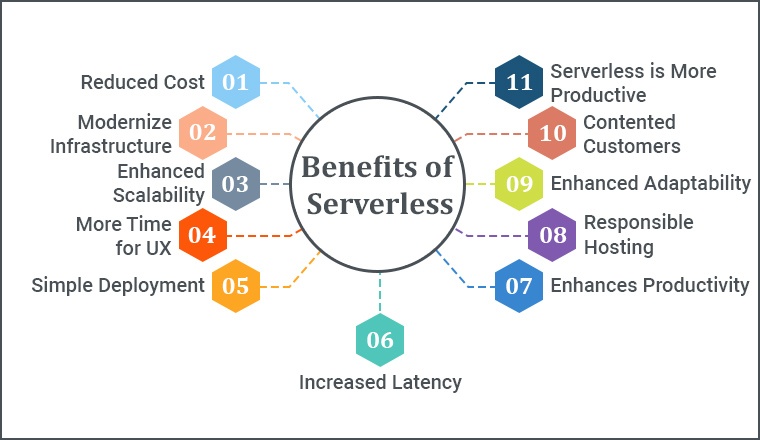
Serverless computing revolutionizes the way developers work by freeing them from the hassles of infrastructure management. This shift allows developers to focus more on writing code and creating innovative solutions, ultimately boosting productivity.
Impact of Serverless Computing on Development Cycles
One of the key benefits of serverless computing is its ability to significantly accelerate development cycles. Without the need to provision or manage servers, developers can quickly deploy code and test applications in a matter of seconds. This agility enables faster iteration and deployment of features, leading to shorter development cycles and quicker time-to-market.
Examples of Accelerated Development Processes
- Auto-scaling: Serverless platforms automatically scale resources based on demand, eliminating the need for manual intervention. Developers no longer have to worry about provisioning additional servers or optimizing resource usage, allowing them to focus on writing code.
- Event-driven architecture: Serverless computing is inherently event-driven, enabling developers to build applications that respond to specific triggers or events. This approach simplifies the development process by breaking down complex tasks into smaller, more manageable functions.
- Third-party integrations: Serverless platforms offer seamless integrations with various third-party services and APIs, reducing the time and effort required to build and deploy applications. Developers can leverage pre-built functionalities to accelerate development and enhance the overall user experience.
Security Benefits
Serverless computing offers several security advantages that can help protect your applications and data. One key benefit is the reduced attack surface due to the minimal infrastructure exposure. Additionally, serverless platforms often come with built-in security features to safeguard your applications.
Handling Security Patches and Updates
When it comes to security patches and updates, serverless platforms typically handle this aspect for you. Providers ensure that the underlying infrastructure is up to date with the latest security patches, reducing the burden on developers to manually manage these updates.
This proactive approach helps in maintaining a secure environment for your applications.
Shared Security Responsibility Model
In serverless computing, there is a shared security responsibility model between the cloud provider and the customer. While the provider is responsible for securing the infrastructure, customers are accountable for securing their applications and data. This collaborative approach ensures that security measures are in place at both levels, enhancing the overall security posture of the system.
Epilogue
In conclusion, embracing serverless computing unlocks a plethora of advantages that can propel businesses to new heights. From cutting-edge cost savings to seamless scalability, the future is bright with serverless technology at the helm.

